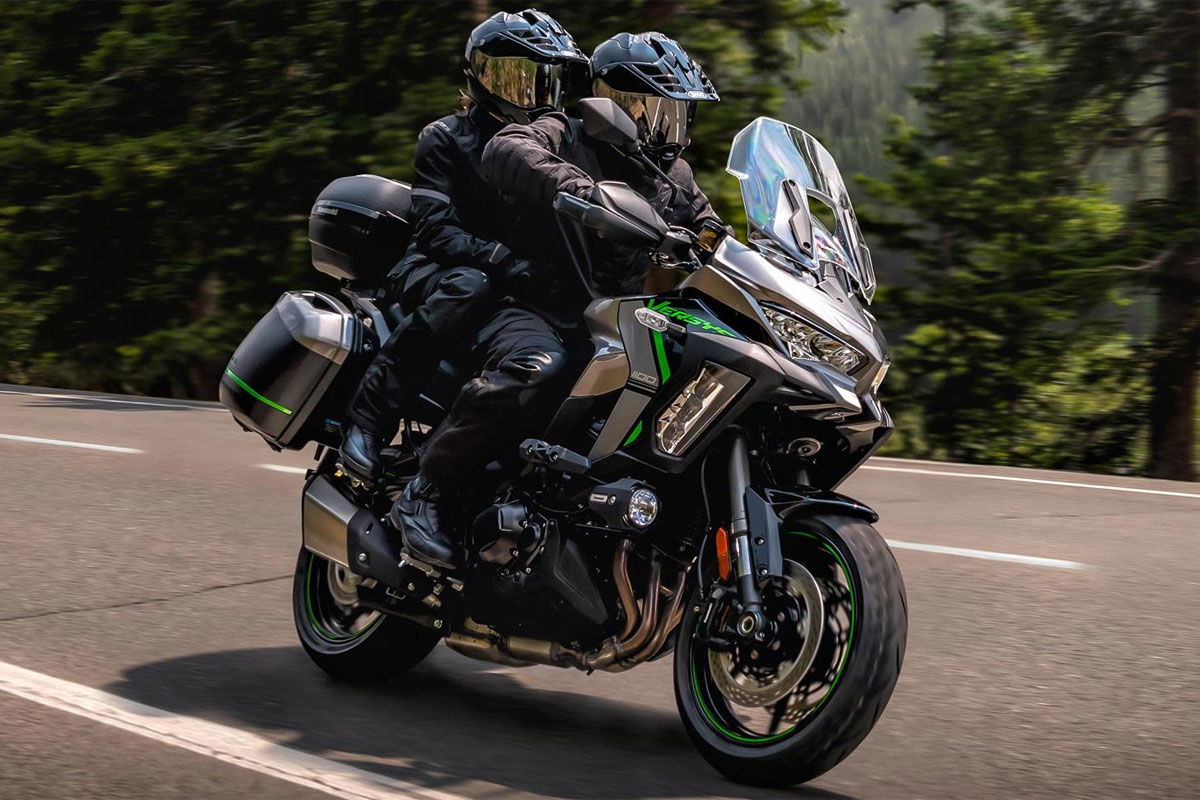New 2025 EU Regs’ Mean Quieter Motorcycles
New motorcycles in the EU will be quieter in 2025, as UN-ECE Regulation R41.05 comes into force

A new EU regulation is to come into force in 2025, which will mean new motorcycles must pass more stringent noise regulations if they are to be sold.
The regulation, called UN-ECE Regulation R41.05, doesn’t specifically mean the thresholds of the test are lower, or quieter than before. Instead, it’s the conditions under which the noise of a new motorcycle is tested that will be more far-reaching than before.
R41.05 is looking to reduce motorcycle engine noise in towns and cities while bikes are accelerating, including the noise made in rural areas. The latter being a new addition to the framework. "Additional Sound Emission Provisions" (ASEP) were first introduced in 2016 and covered about 80 per cent of European new bike regulations. It’s these ASEPs that will be tweaked as of January 2025, with more engine speeds and more gears.

Previously regulations meant that bikes rolling on the road (without the engine running) at 50kph (31mph) would have to be almost the same volume as the same bike travelling at 50kph with the engine running. Obviously, this is a fairly open-ended metric, leaving manufacturers with enough scope that they could manipulate the bike mechanically to ensure it passed the test. To tighten up the regulations, the 2025 tests will see bikes measured at up to 80 per cent of the maximum engine speed and in the speed range 10 to 100 km/h (6 to 62mph). Additionally, the measurements will also be taken in all of the bike’s gears should it have a compatible transmission.
Without reducing the noise threshold, the new tests mean that new bikes will have four times the number of measurements taken, and will, in many cases, mean bikes are being measured at engine speeds and in gears that they haven’t been tested in before.
Additionally to the new testing procedure, independent bodies will now be responsible for capturing testing results to help pick up on bikes exceeding the rules earlier in the process. Previously bikes were tested by the manufacturers which recorded the results themselves. An independent body would then test a random selection of the same model to determine the accuracy of the manufacturer’s own report. The previous method of testing and recording was viewed to leave a little too much room for artistic interpretation of the results, something the EU wants to clamp down on.


